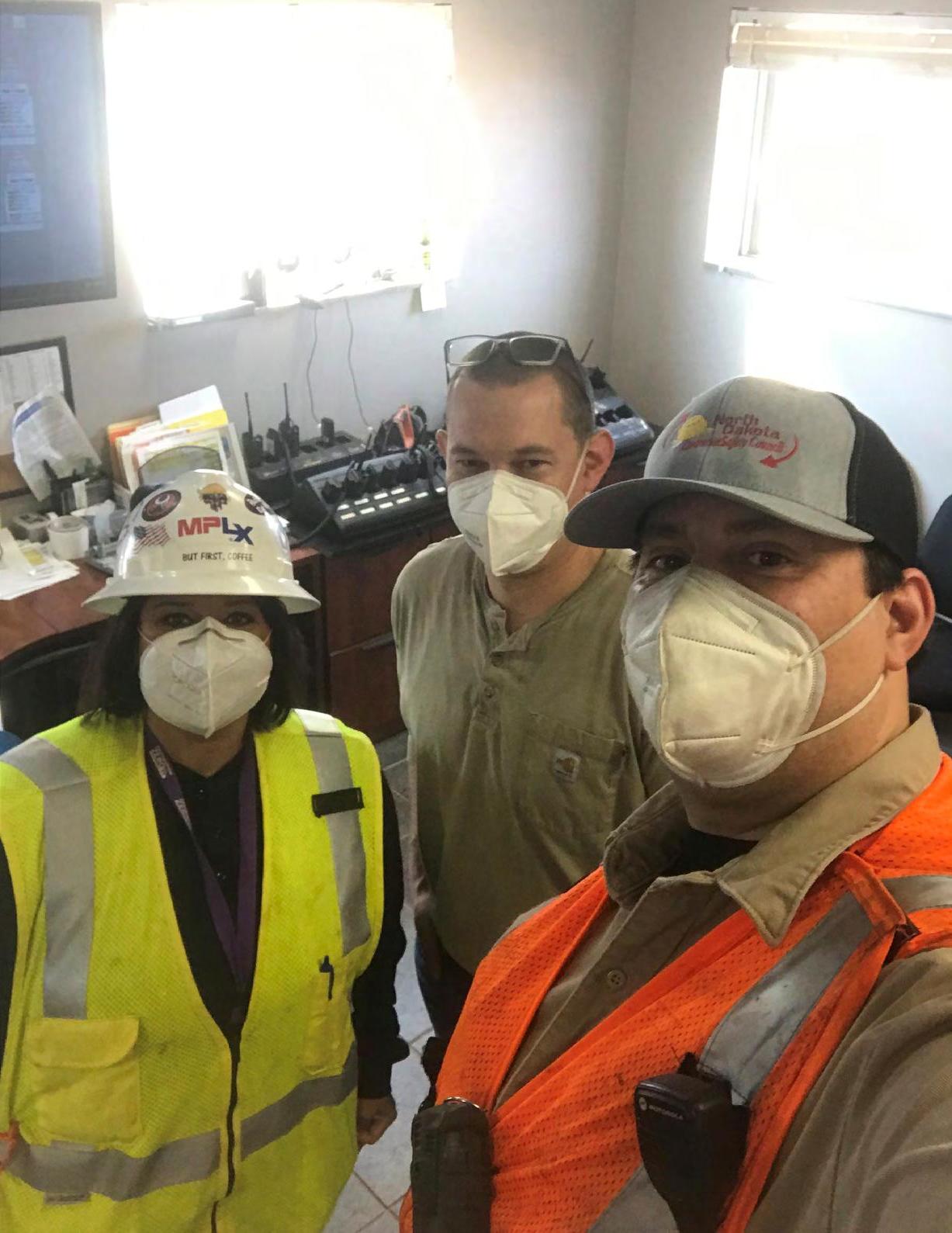October Is Breast Cancer Awareness Month Month As Breast Cancer Awareness Month begins, we'll be seeing pink awareness efforts everywhere. Pink products will line the shelves at stores, athletes will don pink in some part of their uniforms, and celebrities will be promoting breast cancer awareness. Raising awareness is important because early detection is a significant factor in reducing the number of deaths caused by breast cancer. Knowing the risk factors and signs of breast cancer can improve a woman's chances of catching cancer in its early stages.
no matter how trivial it seems, deserves further evaluation by a healthcare professional. The American Cancer Society recommends the following schedule for mammograms:
Warning Signs & Risk Factors Risk factors for breast cancer include being a female and getting older; however, men do get it and need to pay attention to warning signs. Warning signs include lumps, puckering, or other changes in breast tissue, or nipple discharge. At risk are women with a family history of breast, ovarian, melanoma, or pancreatic cancer - especially those with a family member diagnosed before 50 years of age. Women cannot change their family history; however, they should make an effort to know that family history. They should talk with their healthcare providers about screening plans or seek an evaluation with a credentialed genetics provider for possible genetic testing. Identification of genetic risk combined with increased surveillance and risk-reducing surgery can be lifesaving. Having dense breast tissue can also mean a higher risk for breast cancer.
Watco covers wellness exams at 100% for team members using the Watco health insurance.
Other than genetic factors, lifestyle factors can lead to an increased risk of breast cancer. These factors include: • Drinking alcohol • Being overweight • Being physically inactive • Getting hormone therapy after menopause • Never having children or having a first live birth after age 30 • Using certain types of birth control • Having a history of non-cancerous breast conditions Prevention All women should perform monthly self-examinations and need to be aware of how their breasts normally look and feel—any change, 6 The Dispatch | October 2020
• Women 40-44 should start yearly screenings. • Women 45-55 should get a mammogram annually. • Women 55 and up should schedule a mammogram every two years or continue yearly screening.
REAL MEN WEAR PINK The American Cancer Society started a campaign called Real Men Wear Pink. This campaign gives men a leadership role in the fight against breast cancer and lets the women in their lives know that men will fight alongside them. Community leaders around the nation use the power of pink to raise awareness and money for the American Cancer Society's breast cancer initiatives, including innovative research, patient services, and education around screenings and risk reduction. When Watco's EVP and CFO Rick Baden was asked to participate in the campaign, he didn't hesitate. “I’m involved in the Real Men Wear Pink campaign because everyone knows someone who has been affected by breast cancer,” said Baden. “My first experience was when I was young, and I watched my aunt fight the disease. I’m proud to be involved in any way I can to help the Cancer Society’s efforts to end cancer.”
Join Rick to help support the fight against breast cancer.






